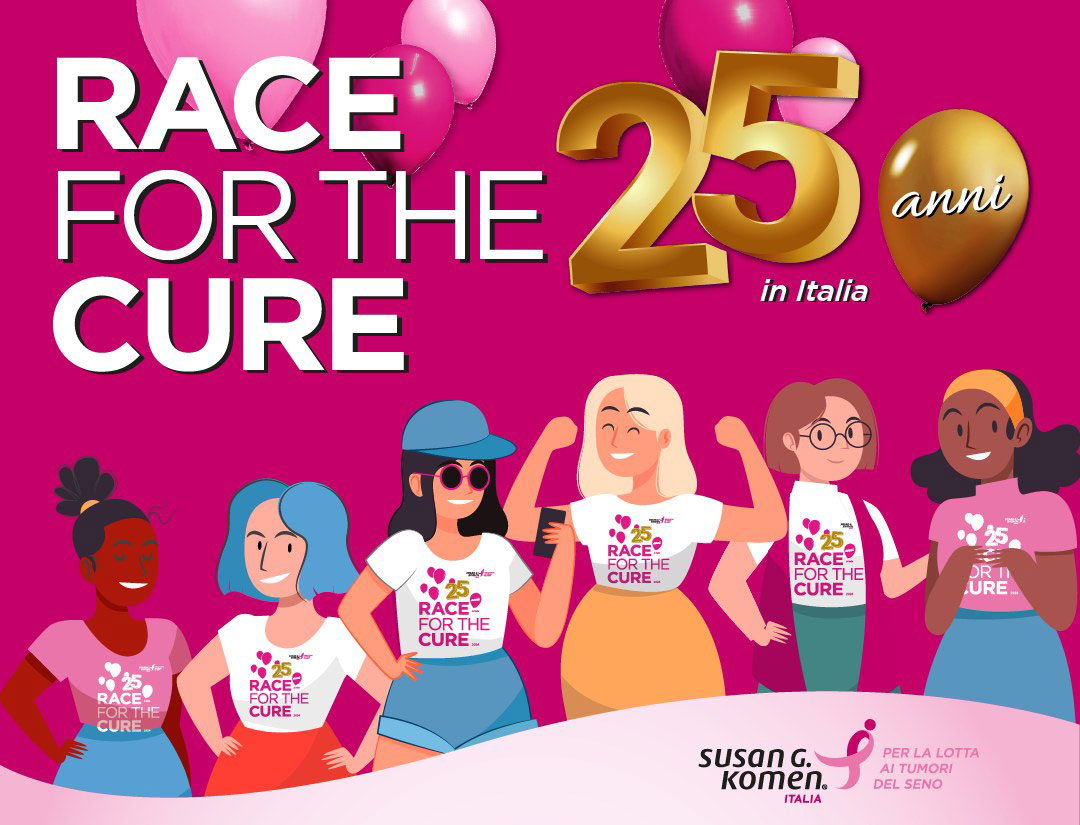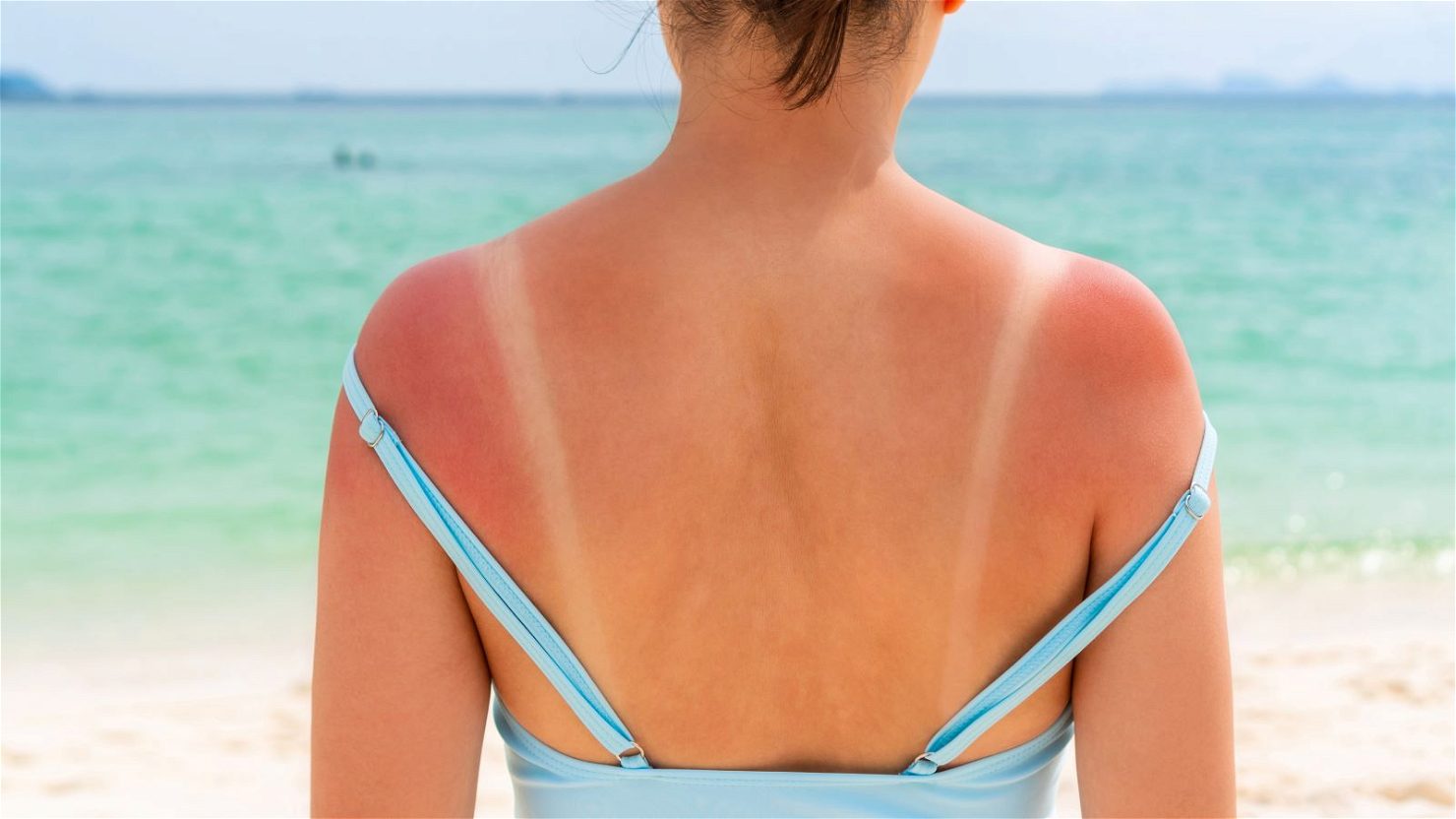From a young age, we have all been thought to wash our hands, but is that really true, or is it yet another global conspiracy? In this article, you will find out why washing your hands is indeed a great idea, how to do it, and what to avoid.
Why Wash Your Hands?
Germs are the main reason why washing your hands is a fantastic idea. Salmonella, E. coli O157, and norovirus are among the many diseases often contracted due to a lacking hand hygiene. The explanation for this is simple, and quite disgusting – feces. A single gram of human feces—which is about the weight of a paper clip—can contain one trillion germs. These kinds of germs can get onto hands after people use the toilet or change a diaper, but also in less obvious ways, like after handling raw meats that have invisible amounts of animal poop on them. Germs can also get onto hands if people touch any object that has germs on it because someone coughed or sneezed on it or was touched by some other contaminated object. When these germs get onto hands and are not washed off, they can be passed from person to person and make people sick.
The Dangers of Improper Hand Hygiene
Germs are the main cause for disease, and not washing your hands is an easy way to get some. Here are some of the facts:
- Without even realizing it, people often touch their eyes, nose, and mouth. Through them, germs can get into the body and make us sick.
- Germs from unwashed hands can get into foods and beverages as people prepare or eat them. Under certain conditions, germs can multiply in certain types of food or drink and make people sick.
- Unwashed hand germs can be transferred to other objects, such as handrails, tabletops, or toys, and then transferred to the hands of another person.
- Therefore, the removal of germs by handwashing helps prevent diarrhea and respiratory infections and can even help prevent skin and eye infections.
- Not reducing the number of infections by washing hands frequently encourages the overuse of antibiotics—the single most important factor leading to antibiotic resistance around the world.
- Handwashing with soap could protect about 1 out of every 3 young children who get sick with diarrhea and almost 1 out of 5 young children with respiratory infections like pneumonia.
- Estimated global rates of handwashing after using the toilet are only 19%.
How to Wash Your Hands
Here are the five steps to washing your hands perfectly, according to the CDC:
- Wet your hands with clean, running water (warm or cold), turn off the tap, and apply soap.
- Using standing water can be even more dangerous than not using any at all, since germs from multiple sources can thrive in dirty water.
- Lather your hands by rubbing them together with the soap. Be sure to lather the backs of your hands, between your fingers, and under your nails.
- Microbes are present on all surfaces of the hand, often in particularly high concentration under the nails, so the entire hand should be scrubbed.
- Scrub your hands for at least 20 seconds. Need a timer? Hum the “Happy Birthday” song from beginning to end twice.
- Solely reducing numbers of microbes on hands is not necessarily linked to better health. The optimal length of time for handwashing is also likely to depend on many factors, including the type and amount of soil on the hands and the setting of the person washing hands
- Rinse your hands well under clean, running water.
- Soap and friction help lift dirt, grease, and microbes—including disease-causing germs—from skin so they can then be rinsed off of hands. Rinsing the soap away also minimizes skin irritation.
- Dry your hands using a clean towel or air dry them.
- Germs can be transferred more easily to and from wet hands; therefore, hands should be dried after washing
Hand Sanitizer
Washing hands with soap and water is the best way to reduce the number of microbes on them in most situations. However, if soap and water are not available, use an alcohol-based hand sanitizer that contains at least 60% alcohol. Any lower concentration might simply reduce the growth of germs instead of killing them. Furthermore, soap and water are more effective than hand sanitizers at removing or inactivating certain kinds of germs, like Cryptosporidium, norovirus, and Clostridium difficile. Additionally, although hand sanitizers work great in clinical settings, they are much less efficient in everyday situations like, playing sports, fishing, gardening, etc. Not only will hand sanitizer struggle to remove germs, but it can also allow chemicals, pesticides, and heavy metals to remain on your skin.
Therefore, use hand sanitizer with caution.
For more information on hygiene, infections, and disease prevention, book an appointment with one of Medinaction’s specialists here.




